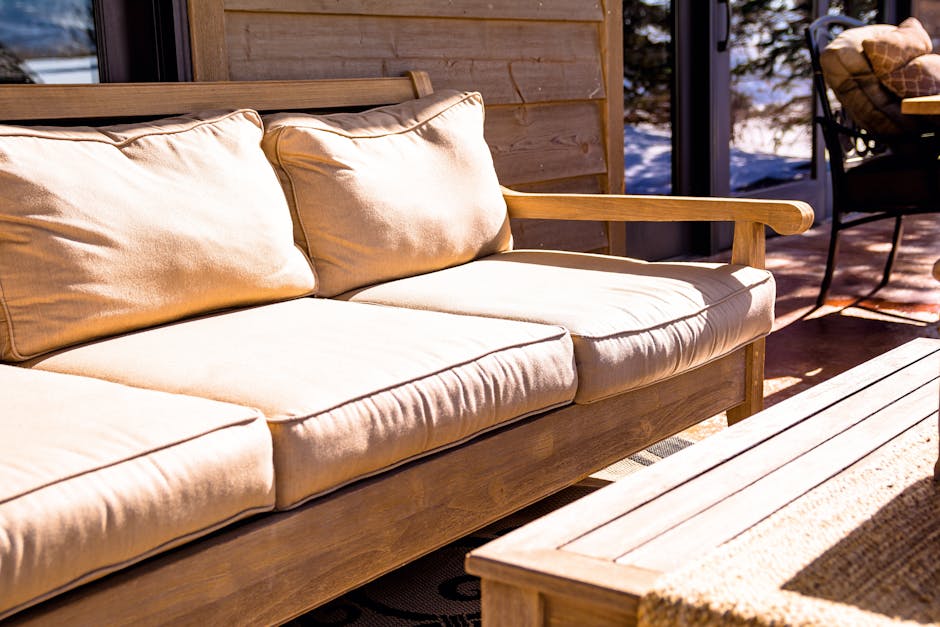Design Tips for Multi-Zone Outdoor Living Spaces with Purpose and Flow
Introduction
Creating a multi-zone outdoor living space is about more than just throwing some furniture on a patio. It’s about designing intentional areas that cater to different needs and activities, all while seamlessly flowing together. A well-designed outdoor space can extend your living area, enhance your lifestyle, and increase your property value. This guide provides practical design tips to help you create a purposeful and flowing multi-zone outdoor haven.
Designing Multi-Zone Outdoor Spaces with Purpose
Planning and Zoning: Define Your Outdoor Activities
Before purchasing any furniture or materials, carefully consider how you intend to use your outdoor space. Different activities require different zones. Ask yourself these questions:
- Dining: Will you be hosting large dinner parties or just enjoying quiet meals with family?
- Relaxation: Do you need a quiet area for reading, lounging, or meditation?
- Cooking: Will you be grilling, smoking, or preparing full meals outdoors?
- Entertainment: Do you want a space for watching movies, playing games, or hosting parties?
- Play: Do you need a dedicated area for children or pets?
Once you’ve identified your desired activities, sketch out a rough plan of your yard, designating specific zones for each purpose. Consider sun exposure, wind patterns, and privacy when placing your zones.
Creating Distinct Zones: Visual Cues and Physical Barriers
Clearly define each zone to create a sense of separation and purpose. This can be achieved through various methods:
- Changes in Elevation: Steps or raised platforms can visually separate zones.
- Different Paving Materials: Use pavers, decking, gravel, or grass to delineate boundaries. For example, a stone patio for dining and a gravel path leading to a grassy lounge area.
- Landscaping: Hedges, shrubs, flower beds, and trees can create natural barriers and provide privacy.
- Outdoor Rugs: Define a seating area on a patio or deck with an outdoor rug.
- Screens and Partitions: Use decorative screens, trellises, or curtains to create partial or full separation.
Choosing the Right Furniture: Functionality and Style
Select furniture that is both comfortable and appropriate for the intended use of each zone. Consider:
- Dining Zone: A sturdy dining table and chairs, preferably weather-resistant.
- Lounge Zone: Comfortable seating such as sofas, armchairs, and daybeds, with plenty of cushions.
- Cooking Zone: A grill, outdoor kitchen island, and comfortable seating for guests to gather.
- Play Zone: Durable and safe furniture, such as picnic tables, benches, and play structures.
Ensure that the furniture style complements the overall aesthetic of your home and garden.
Lighting Design: Ambiance and Functionality
Proper lighting is essential for creating a welcoming and functional outdoor space, especially after dark. Layer your lighting to achieve both ambiance and task lighting:
- Ambient Lighting: String lights, lanterns, and candles create a warm and inviting atmosphere.
- Task Lighting: Path lights, spotlights, and floodlights illuminate walkways, cooking areas, and other functional spaces.
- Accent Lighting: Uplights and spotlights highlight architectural features, plants, and water features.
Consider using smart lighting systems that can be controlled remotely or programmed to turn on and off automatically.
Creating Seamless Flow Between Zones
Pathways and Circulation: Connecting the Dots
Clear and well-defined pathways are crucial for connecting different zones and creating a sense of flow. Consider:
- Material: Use consistent paving materials or design elements to create a cohesive look.
- Width: Ensure pathways are wide enough for comfortable passage, especially when carrying food or drinks.
- Lighting: Illuminate pathways for safety and ambiance.
Color Palette: Maintaining Visual Harmony
Choose a consistent color palette to tie the different zones together. Consider:
- Neutral Base: Use neutral colors for hardscaping and furniture to create a calm and inviting backdrop.
- Accent Colors: Introduce pops of color through cushions, planters, and accessories to add visual interest.
- Planting: Use plants with similar colors and textures to create a cohesive look.
Repetition of Elements: Unifying the Space
Repeat design elements throughout the different zones to create a sense of unity. Consider:
- Materials: Use the same type of stone or wood in different areas.
- Shapes: Repeat similar shapes in furniture, planters, and accessories.
- Patterns: Use the same pattern in cushions, rugs, and curtains.
Conclusion
Designing a multi-zone outdoor living space that is both purposeful and flowing requires careful planning, thoughtful design choices, and a focus on creating a cohesive and inviting atmosphere. By defining your activities, creating distinct zones, choosing the right furniture, and focusing on seamless flow, you can create an outdoor oasis that enhances your lifestyle and adds value to your home. Embrace these design tips and transform your outdoor space into a true extension of your living area.














Post Comment